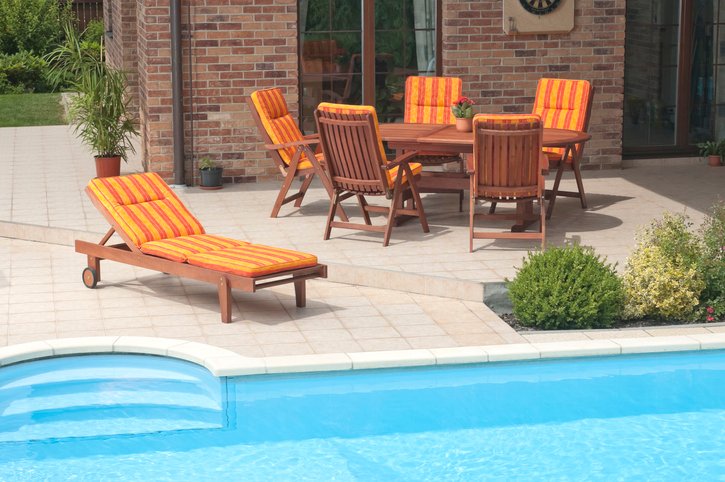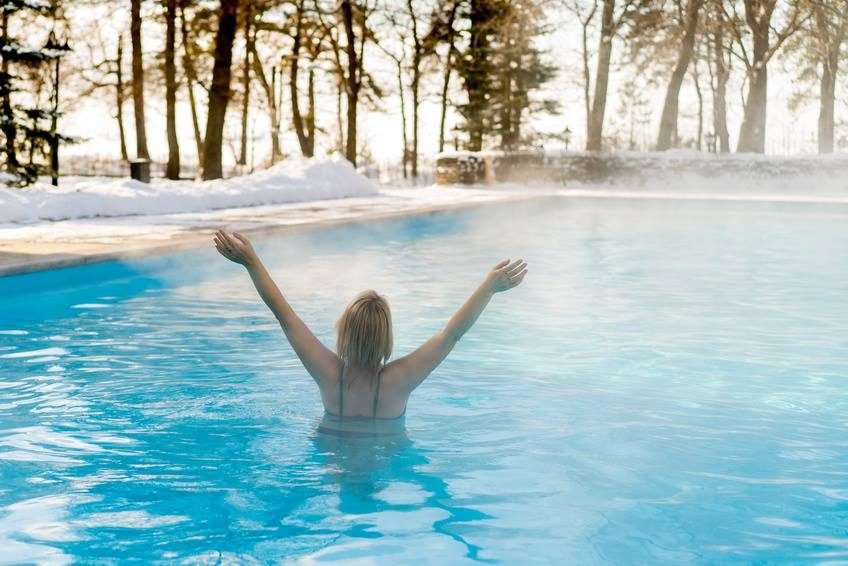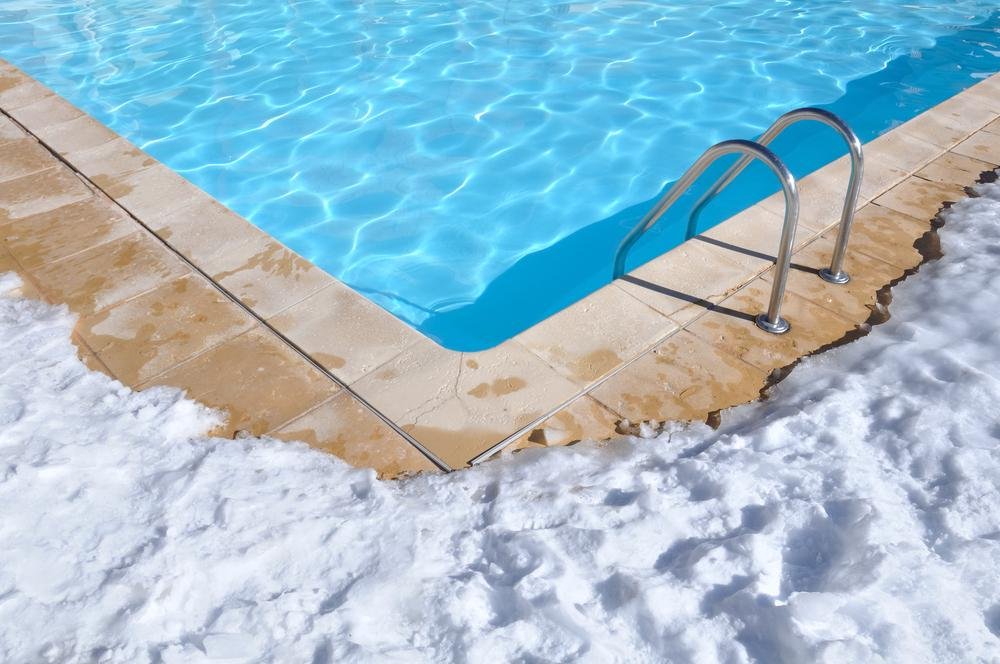
Getting Your Outdoor Pool Ready for Winter: A Comprehensive Guide for Homeowners
As the leaves start to change and temperatures begin to drop, it’s a clear sign that winter is on its way. While you might be looking forward to cozy evenings by the fireplace instead of lounging in your outdoor furniture, you must not forget about your pool. Properly preparing your pool for the winter months is crucial to prevent damage, maintain water quality, and ensure a smooth reopening in the spring. In this comprehensive guide, get a walkthrough of the steps to get your outdoor pool ready for winter, helping you protect your investment and enjoy a hassle-free pool season next year.
The Importance of Winterizing Your Outdoor Pool
Before we delve into the practical steps of winterizing your pool, it’s essential to understand why this process is so crucial. Neglecting winterization can lead to various issues, such as:
- Freezing Damage: Cold temperatures can cause water in your pool’s plumbing and equipment to freeze, potentially leading to costly repairs.
- Algae Growth: Without proper maintenance, your pool can become a breeding ground for algae, challenging to clear in the spring.
- Water Quality: A poorly winterized pool can result in poor water quality, making it harder and more expensive to restore when you reopen the pool.
- Equipment Preservation: Protecting your pool’s equipment, such as pumps and filters, from the harsh winter conditions is essential for longevity.
- Save Time and Money: Properly winterizing your pool can save you time and money on maintenance and repairs in the long run.
Choosing the Right Time to Close Your Pool
The timing of pool closure is critical. Closing it too early might result in unnecessary maintenance during the fall while closing it too late can lead to complications like freezing and water quality issues. The ideal time to close your pool for the winter typically falls when the water temperature consistently drops below 60°F (15°C). Keep an eye on local weather forecasts to make an informed decision.

Cleaning Your Pool Thoroughly
Before you begin the winterization process, ensure your pool is clean and debris-free. Here’s what you should do:
- Skim and Vacuum: Remove leaves, debris, and algae from the pool water. Vacuum the pool’s floor and walls to eliminate any remaining contaminants.
- Brush Surfaces: Scrub the pool’s walls and floor to prevent the buildup of algae and scale during the winter.
- Balancing Water Chemistry: Test and balance your pool’s water chemistry, ensuring the pH, alkalinity, and calcium hardness levels are within the recommended ranges. It helps prevent corrosion and scale formation.
Lowering the Water Level
To prepare your pool for winter, you’ll need to lower the water level. Lowering the water below the skimmer and return jets prevents potential freezing damage. Depending on your pool’s type, you might need to lower the water to specific levels. Inground vinyl liner pools should typically have the water level lowered by about 18-24 inches, while concrete or fibreglass pools might require less.
Winterizing Pool Plumbing & Equipment
This step protects your pool’s plumbing and equipment from freezing temperatures. Here’s what you need to do:
- Drain Pool Equipment: Disconnect and drain all pool equipment, including pumps, filters, heaters, and chlorinators. Store any removable parts, like baskets and plugs, indoors to prevent damage.
- Blow-Out Lines: Use an air compressor to blow out water from the pool’s plumbing lines, which ensures no water remains to freeze and cause damage.
- Add Antifreeze: Pour pool antifreeze into the plumbing lines and equipment to prevent residual water from freezing. Make sure to use non-toxic, pool-specific antifreeze.
- Cover Skimmer and Return Jets: Install winterizing plugs or gizmos in the skimmer and return jets to prevent ice damage.
- Store Equipment Indoors: If possible, store your pool equipment in a dry, climate-controlled space to extend its lifespan.
Winter Pool Cover Installation
A high-quality pool cover protects your pool from debris, algae growth, and freezing temperatures. There are several types of covers available, including:
- Safety Covers: These sturdy covers provide the highest protection and safety. They can support the weight of people or pets and keep your pool secure.
- Mesh Covers: Mesh covers allow water to pass through while blocking debris. They are durable and require minimal maintenance.
- Solid Covers: Solid covers provide complete sunlight blockage, preventing algae growth. They also offer insulation benefits, helping to maintain water temperature.
- Automatic Covers: These covers are motorized and can be extended or retracted with the push of a button. They provide convenience and excellent protection.
Ensure your cover is securely fastened and fitted correctly to prevent any gaps where debris can enter. Properly securing the cover is essential to ensure it remains in place throughout the winter.
Winter Chemical Treatment

Maintaining proper water chemistry during the winter months is essential to prevent algae growth and ensure clean water when you reopen the pool in the spring. Here’s what you should do:
- Shock the Pool: Add a pool shock treatment to kill any remaining algae or bacteria.
- Algaecide: Use a winter algaecide to prevent algae growth during the cold months.
- Chlorine Tablets: Place chlorine tablets or floaters in the pool to maintain a consistent chlorine level.
- Regular Testing: Periodically test the pool water throughout the winter and adjust chemicals to maintain proper balance.
Winter Maintenance
While your pool might not be used during the winter, it still requires some maintenance to ensure everything remains in good condition. Here are some tips:
- Regular Inspection: Periodically inspect your pool cover to ensure it’s secure and free from debris or damage.
- Pump Snow Off Cover: If you live in an area with heavy snowfall, use a pool cover pump to remove excess snow and prevent damage.
- Clear Debris: Remove any debris accumulating on the cover to prevent it from entering the pool.
- Check Water Level: Monitor the water level in your pool to ensure it remains within the recommended range.
Spring Pool Opening
As winter ends, it’s time to prepare your pool for the upcoming swimming season. Here’s what you should do:
- Remove Cover: Carefully remove the winter cover, ensuring no debris falls into the pool.
- Clean and Inspect: Thoroughly clean the pool and inspect all equipment for damage or wear.
- Refill Pool: Fill the pool to its normal water level.
- Balance Water Chemistry: Test and balance the water chemistry, ensuring proper pH, alkalinity, and calcium hardness levels.
- Start Equipment: Reconnect and start up your pool equipment, checking for leaks or issues.
- Shock Treatment: Add a shock treatment to eliminate any contaminants that may have accumulated during the winter.
- Regular Maintenance: Resume your regular pool maintenance routine, including skimming, vacuuming, and checking the filter.
Properly winterizing your outdoor pool is essential to protect your investment, ensure water quality, and simplify the reopening process in the spring. By following these steps and staying on top of maintenance, you’ll enjoy a hassle-free pool season year after year. Don’t let winter catch you off guard – take the time to prepare your pool, and you’ll be rewarded with a pristine and inviting swimming environment where you can lounge in your outdoor furniture when the warmer months return.




